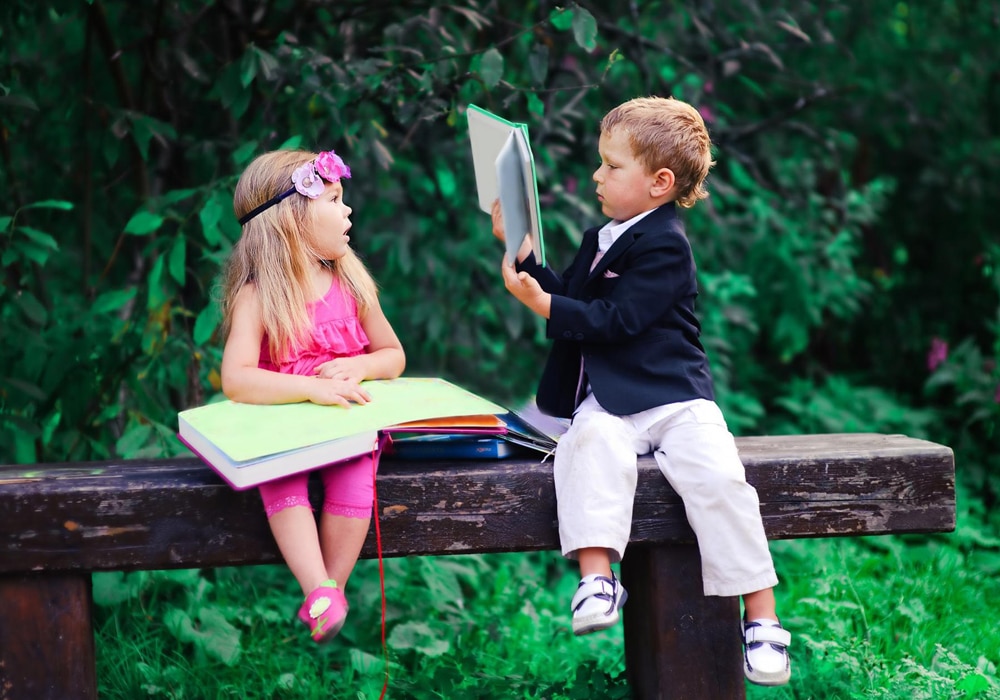
By Kylie Westaway, author Whale in the Bath and Why Can’t I Be A Dinosaur?
www.kyliewestaway.com
To write for kids I have to put myself back into the mindset of my four or five year old self, and remember what it was like to really be a child. I’ve put below some tips and tricks on how I do this, and some things to think about when you’re writing picture books for kids.
Remind yourself what it was like to be four years old
If you’ve ever spent any time with young kids, you’ll know that a lot of their games are versions of ‘playing mums and dads’. My six year old niece told me that her current favourite game is ‘puppies and owners’. There’s a pretty clear reason behind this: as a child, you get told when to go to bed, when you are allowed to watch TV, what you have to eat and when, what you’re going to wear and do each day. From a kids point of view, being an adult must be a pretty god-like existence where you get to do whatever you want, whenever you want, and no one ever tells you ‘no’.
Try to remember things you wanted when you were little, and why you wanted them. Who stopped you from getting them, and why? For example, I asked for pierced (or as I pronounced them, ‘pissed’) ears every day for two years, because Punky Brewster had pierced ears. I wanted a dog for the same reason, and also dogs just seemed brilliant. While I was allowed to get my ears pierced when I was seven, I had to wait till I was in my 20s before I got my first dog. The motivations that drive kids are pretty universal – Punky Brewster was cool, Punky had pierced ears, therefore I wanted pierced ears to be cool like Punky.
Think of arguments you had when you were a kid and remember how your whole world seemed to hinge on the importance of these. Who got the top bunk was a continual argument my brother and I had, as was rightful possession of a bear that a family friend had given us. These sorts of arguments about who owns something, who gets something, are all things that any kid with siblings is going to be able to relate to and understand.
Thinking of what you wanted and why you wanted it are great ways to start off a story idea for a picture book.
Think of an everyday problem that little kids face
At university, I studied writing for a young audience, and I think kids are one of the hardest audiences to write for. You can’t talk down to them, you have to be sincere, and you have to empower them. Since we were all little kids at some point, it just takes practice to remember the things that you were scared of, that you worried about, and that made you happy.
I was fortunate enough to be at a talk given by Kate Wilson, founder of the Nosy Crow publishing company, where she talked about the hugely popular Axel Scheffler Pip and Posy picture books. What made me laugh in was how she described the Pip and Posy books as all featuring a bodily fluid of some kind. Pip wets his pants, Posy falls off her scooter and skins her knee, Posy drops her ice cream and cries. When I read the stories to my young nieces, it was the bodily fluids that fascinated them. Every time we got to the part where Posy fell off the scooter, my niece would immediately point out the blood on her knee. I fell off my bike the other day and skinned my knee, and it made me feel like I was five years old again. I couldn’t remember the last time I had done it, but kids almost always have scabby knees from falling over. Reading about it happening to Posy, my niece had the sympathy of an old campaigner, one who’s been there many times before.
Parents aren’t the only people who put obstacles in children’s lives. They could be the only one not invited to a birthday party, they might be scared of the dark, or they might be bad at something other kids seem to be good at.
When you’re throwing in the obstacle in your story, try to put in something that a child will understand because they’ve faced it themselves.
Empower your audience
Remember what I said about playing mums and dads? Kids love to feel that they have power, because they so rarely do. It’s great to find an ending that empowers your protagonist in a way that a child could accomplish. In my book Why Can’t I be a Dinosaur?, Nellie finds a way to be both a dinosaur and a flower girl. Kids love feeling that they’ve outsmarted the grown-ups, or pulled the wool over their eyes.
Matt and Beck Stanton’s This is a Ball series are clever because they empower kids in a different way. They show a series of illustrations and try to prove they are something different, eg showing a picture of an elephant and calling it a dog, because it has two ears and four legs, like a dog. Kids love the hilarious silliness, but also enjoy being able to prove the adult reader wrong. In the same way, Mo Willems book Don’t Let the Pigeon Drive the Bus both has a topic kids can relate to (wanting to do something and having someone tell you ‘no), and also the powerful feeling of being the one who gets to say no.
Writing on a topic that kids can relate to is as simple and as difficult as finding your inner child again, as so many zen gurus have told us! Maybe try dropping your ice cream – this is still bitterly disappointing, even as an adult!

About us
Contact us